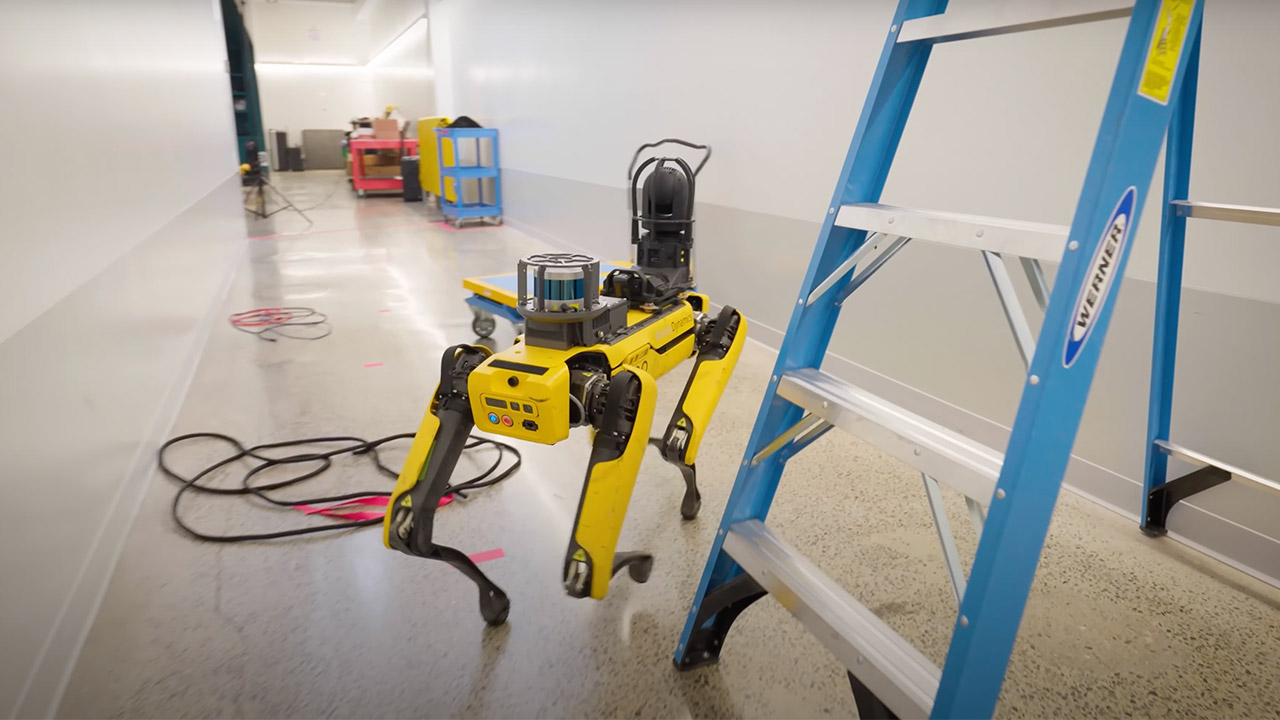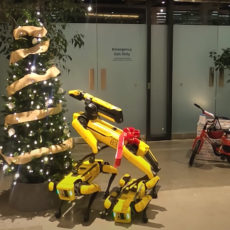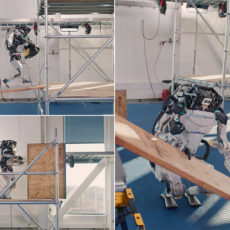
Boston Dynamics’ Spot robot dog can not only see obstacles, but also deal with them in real-time using AI foundation models. The robot has five stereo cameras built into its body, and the depth data collected from them are used to generate a 3D map of the surroundings.
That depth data is then translated into a map, using the geometry of the space to detect walls, empty spaces, and other objects. Next, the map to is refined to determine where Spot is able to step, like avoiding steep slopes or high steps for example. Boston Dynamics’ latest 4.1 release enables Spot can now detect and avoid common hazards in industrial environments including carts, wires, ladders, as well as moving objects.
- Iconic LEGO Collection - The LEGO Speed Champions collection is full of iconic toy car models, including the Pagani Utopia (76915) and Porsche 963...
- LEGO Ferrari Collectible - Features a LEGO Speed Champions collectible model car replica of the Ferrari 812 Competizione plus a driver minifigure with...
- Race Driver Minifigure - The set includes a LEGO race driver minifigure to be placed behind the wheel of the race car toy for superfast action on the...

In recent years, AI—deep learning, neural networks, foundation models—have accelerated quickly. These technologies offer new ways to tackle old challenges in robotics and various teams at Boston Dynamics have been testing ways to push the boundaries of robot intelligence with machine learning. In particular, we saw the potential to give Spot a more semantic understanding of its environment—adding context to geometries and enabling safer, more predictable performance—using visual foundation models,” said Michael McDonald and Jeffrey Yu, Robotics Engineers on the Spot team.










